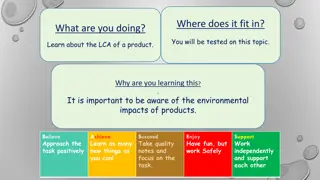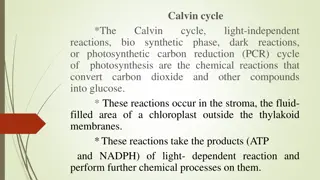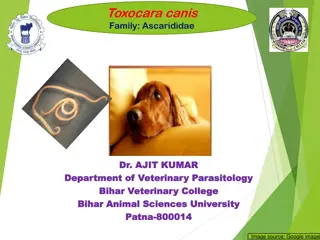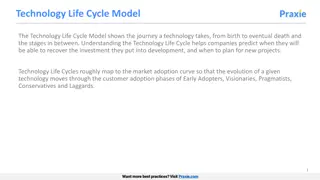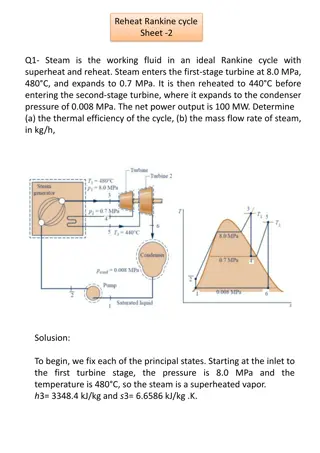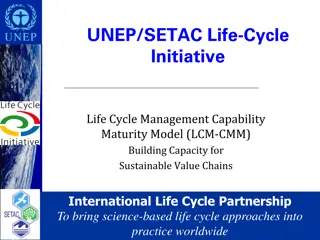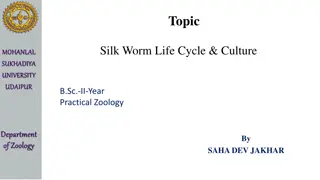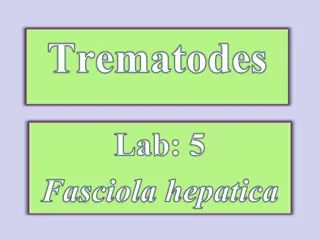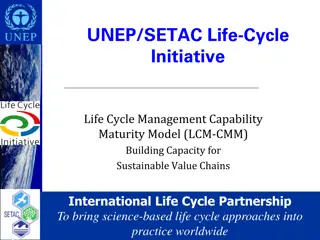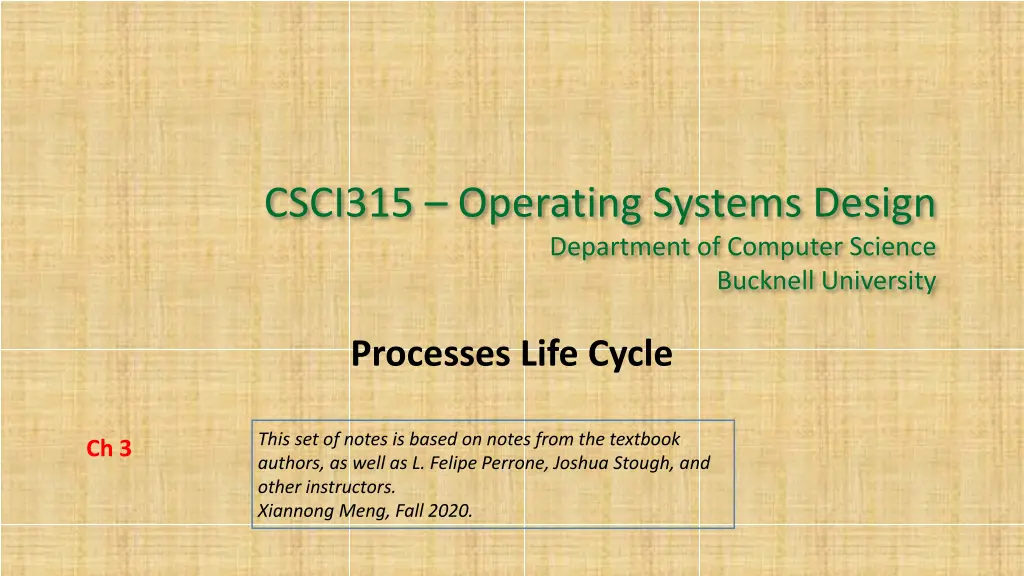
Understanding Processes and Process Scheduling in Operating Systems
Explore the lifecycle of processes in operating systems, from creation to termination. Learn about process states, scheduling queues, and the importance of process scheduling. Discover the role of context switching in managing processes efficiently.
Download Presentation

Please find below an Image/Link to download the presentation.
The content on the website is provided AS IS for your information and personal use only. It may not be sold, licensed, or shared on other websites without obtaining consent from the author. If you encounter any issues during the download, it is possible that the publisher has removed the file from their server.
You are allowed to download the files provided on this website for personal or commercial use, subject to the condition that they are used lawfully. All files are the property of their respective owners.
The content on the website is provided AS IS for your information and personal use only. It may not be sold, licensed, or shared on other websites without obtaining consent from the author.
E N D
Presentation Transcript
CSCI315 Operating Systems Design Department of Computer Science Bucknell University Processes Life Cycle This set of notes is based on notes from the textbook authors, as well as L. Felipe Perrone, Joshua Stough, and other instructors. Xiannong Meng, Fall 2020. Ch 3
Process State As a process executes, it changes its state: new: The process is being created. running: Instructions are being executed. waiting: The process is waiting for some event to occur. ready: The process is waiting to be assigned to a processor. terminated: The process has finished execution.
Processes and OS Queues A process is represented by its PCB in the OS software.
Process State Transition Diagram admitted scheduler dispatch terminated new exit ready running interrupt I/O or event wait I/O or event completion waiting
Process Scheduling Queues Waiting queue set of processes waiting for service from an I/O device. Waiting queues may contain processes that are sleeping, waiting for their turns to be brought into main memory from secondary memory. Waiting queues sometimes are also called device queues. Ready queue set of all processes residing in main memory, ready to execute. Processes migrate between various queues.
Process Scheduling admitted exit life cycle
Scheduling Long-term scheduler is invoked very infrequently (seconds, minutes) (may be slow; controls the degree of multiprogramming) Short-term scheduler is invoked very frequently (milliseconds) (must be fast) Processes can be described as either: I/O-bound process spends more time doing I/O than computations, many short CPU bursts CPU-bound process spends more time doing computations; few very long CPU bursts Operating system may schedule to have a good mix of processes running concurrently. We will discuss various CPU scheduling policies in a later chapter.
Context Switch When CPU switches to another process to run, the system must save the state (context) of the current process and load the saved state for the new process. The state of a process is described by the values in its PCB, e.g., the register values, the program counter, the opened files Context-switch time is overhead; the system does no useful work while switching. The context is the state of the process. Time needed depends on hardware support.
Process Creation (review) Parent process create children processes, which, in turn can create other processes, forming a tree of processes. Resource sharing: Parent and children share all resources, Children share subset of parent s resources, Parent and child share no resources. Execution: Parent and children execute concurrently, Parent may wait until children terminate.
Process Creation (Cont.) Address space: Child has duplicate of parent s address space, or Child can have a program loaded onto it. UNIX examples: fork system call creates new process and returns with a pid (0 in child, > 0 in the parent), exec system call can be used after a fork to replace the process memory space with a new program.
Process Termination Process executes last statement and asks the operating system to terminate it (exit (3)) Output data from child to parent (via wait (2)) Process resources are deallocated by operating system Parent may terminate execution of children processes (kill (2)) if: Child has exceeded allocated resources, Task assigned to child is no longer required, If parent is exiting (some operating systems do not allow child to continue if its parent terminates) All children terminated - cascading termination
OS Operations Interrupt driven by hardware Software error or request creates exception or trap Division by zero, request for operating system service Other process problems include infinite loop, processes modifying each other or the operating system Dual-mode operation allows OS to protect itself and other system components User mode and kernel mode Mode bit managed by OS Provides ability to distinguish when system is running user code or kernel code Some instructions designated as privileged, only executable in kernel mode System call changes mode to kernel, return from call resets it to user mode Increasingly CPUs support multi-mode operations, i.e., virtual machine manager (VMM) mode for guest VMs
User and Kernel Modes Two classes of instructions: one class for anyone to use, user mode, others with privileged use (for the OS kernel) Need to be able to switch between user mode and kernel mode. If a user runs a privileged instruction, an exception is raised. To switch to kernel mode, you need to trap, e.g., fork() to the kernel.








